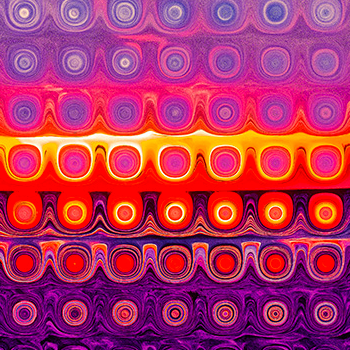Simon is rolling two fair dice. He thinks the probability of getting two sixes is #1/36#. Is this correct and why or why not?
3 Answers
Explanation:
#"the probability of obtaining a 6 is"#
#P(6)=1/6#
#"to obtain the probability of getting 2 sixes multiply the"#
#"probability of each outcome"#
#"6 AND 6 " =1/6xx1/6=1/36#
Explanation:
There are 6 different outcomes on each die. Each outcome on one die can be combined with each outcome on the other.
This means there are
However, there is only one way of getting two sixes.
So the probability of double
This is shown in the table below.
He is correct.
Explanation:
Let's look at just one die for now. The probability for getting a
This means that Simon is correct.


